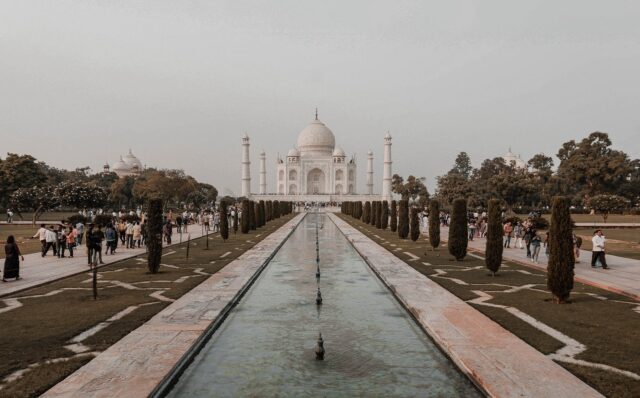
Every country and culture is unique and has its own characteristics and traditions, but the first tour of India is a culture shock for every tourist, no matter how many countries they have visited before. The reason is simple: it is a state of contrast that you will not see anywhere else in the world. Abundance and poverty, deserts and green mountainous landscapes, parks perfectly tidied up and crazy traffic… and that is just a fraction of what awaits you in this magical land.
The best way to prepare for a trip is to be open-minded, because many of the prejudices you have about this country will prove to be incorrect, but many will be confirmed. India is everything you have seen on the internet, read in books and the media, but there is so much more to it. What you will first realize when you land at an Indian airport is that Indians love everything too much, and to get the most out of your trip, you need to carefully design and organize your trip.
We will present to you some of the things that it is most known for.
Taj Mahal
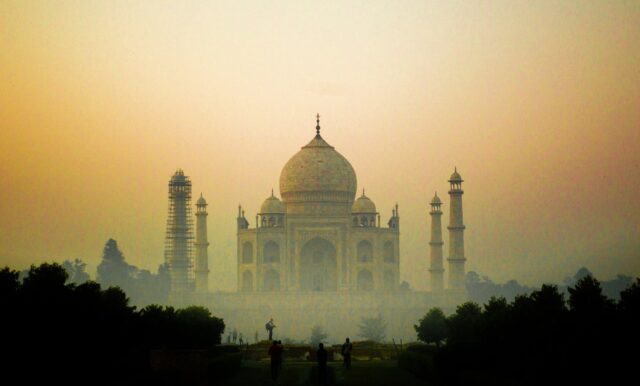
The Taj Mahal is the most recognizable building in India. People from all over the world come to see him. It is made of sumptuous marble.
This mausoleum is thought to have been built by over 20,000 people, and this figure includes all workers, painters, artists and stone-cutters.
According to some legends, at death, Mumtaz Mahal asked Shah Jahan to fulfill her four wishes: to erect a monument worthy of her beauty, never to marry again, to be kind to their children, and to visit her grave on every anniversary of her death. .
Shah Jahan was inconsolable. He stopped praying and wearing jewelry, neglected all his obligations and in a few months went gray. Yet, in his grief, he remembered the promises he had made and began the construction of perhaps the most beautiful mausoleum in the world …
The mausoleum changes color depending on part of the day. In the morning it is red, in the evening white, and at night golden. It has the symbolism of frequent changes in female mood.
Food
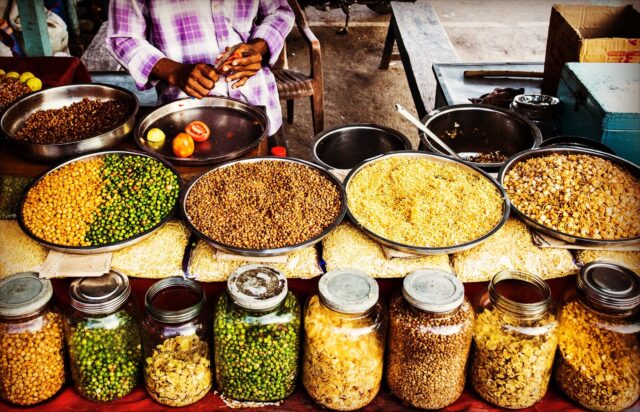
Exotic and exciting in every way, from colors and scents to spices and flavors, played with an unusual blend of vegetables and fruits, Indian cuisine is truly special and very striking.
Each region of this great country has its own culinary specifics, and what connects them is the frequent use of cereals (rice, wheat, corn, millet), which are combined with lentils, spinach or beans, vegetables, fragrant marinades and chutneys. When you add meat and fish dishes, with the addition of yogurt and coconut and the magic of intriguing spices, you have food that captivates your senses.
Music
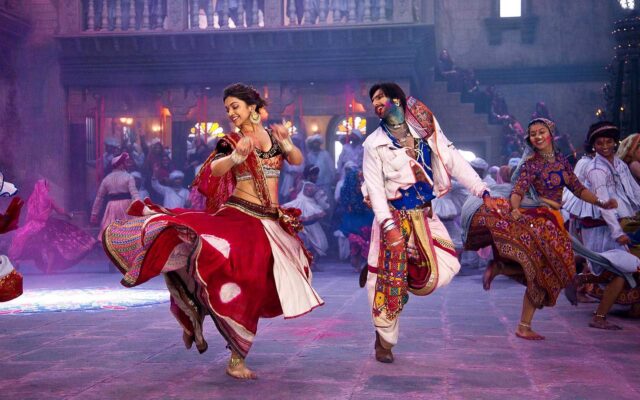
There are castes in there, social classes, and each caste had its own music.
The music was divided into spiritual (alone), which was calm, slow and dignified, and folk (raga), exciting, passionate, cheerful. It was unanimous, built on the basis of a rhythmic-melodic model and decorated with melisms.
The most significant stringed instrument is the sitar. It consists of an elongated tube that is attached to both ends by empty pump resonators. Several wires are spread along the tube, which shorten and lengthen with the pressure of the fingers, producing deeper and higher tones. Music and dance in India are quite connected. The dance to the music was performed by special players, and each of their movements had a special meaning.
If you want to hear more recent Indian music, visit isaiminis.com and you can download many tracks there.
Spices
An indispensable part of Indian cuisine, they are both connective tissue and that magical touch that brings an exciting note to the dishes. Curry is probably the first thought related to Indian food, and the word itself comes from a Tamil word meaning spice. It is a mixture of ground spices that can have from five to as many as 30 different ingredients. Curry is classified by color and grade as mild, hot and very hot. Its ingredients and their quantitative ratios also vary, with the basic being turmeric, which gives color, coriander, cumin and pepper.
The second set of spices are chilli, cayenne pepper, ginger, cinnamon and cloves, and the third line is nutmeg, licorice, poppy seeds, cardamom, pimento and fenugreek. Finally, salt and starch come. Garam masala is one of the most famous spice mixes, and is equally used in vegetarian and meat dishes. It is added to the hot oil at the beginning of the meal preparation, though some cooks add it at the end to strengthen and “enhance” the overall aroma of the meal. Cumin, coriander and cardamom seeds, black pepper beans, cinnamon, cloves, nutmeg are found in this mixture.
Holy River
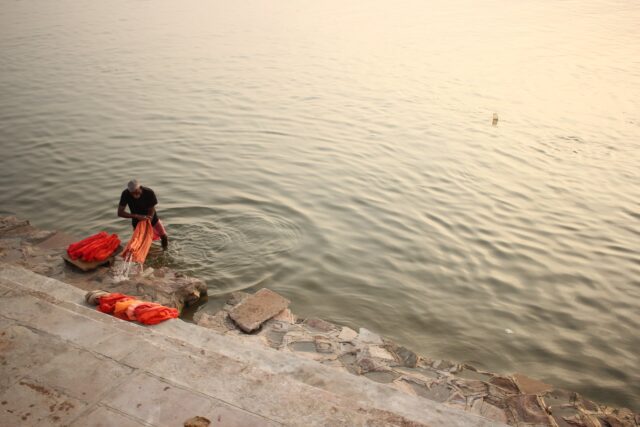
The length of the Ganges River is 2,500 km and extends from the eastern Himalayas to the Bay of Bengal. It is much more than a river for billions of Hindus. The river is their lifeblood. Not only does it provide food for survival through fishing, industry and agriculture, it is also believed to represent the transportation of the prayers of believers to heaven and can purify the soul. Varanasi is a place of pilgrimage and the oldest city. This is where the cremation of the dead on the banks of the Ganges River occurs. Ashes are spilled into the river and so they think the soul is coming to heaven.
Religion and spirituality
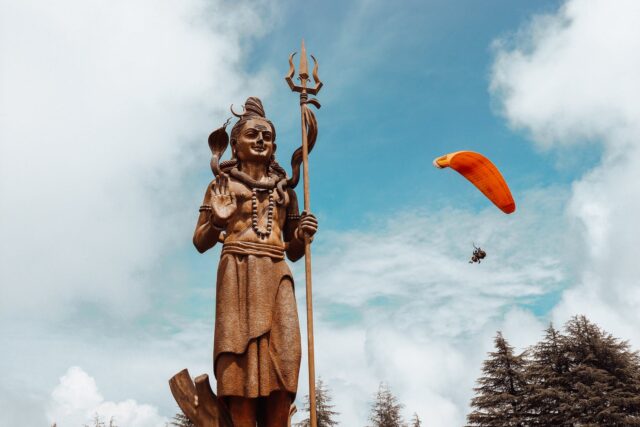
Religion and spirituality are closely linked here with everyday life. India is home to all the great religions in the world and the birthplace of Hinduism, Buddhism and Sikhism. Watching locals engage in daily rituals is a deeply intimate experience. Many people come to India to find spirituality, practice yoga or meditate.
Yogis
It is full of legends about the existence of yogis who have control over their bodily functions, even to the extent that they can cause suspension of life processes, so that they stop breathing and heartbeat and thus enter into a state of hibernation. The story is based on supposedly particularly effective breathing techniques. . The complete cessation of the respiratory process is called kaval kumbhaka, and according to the classics of yoga, when we ‘skip’ a thousand breaths, the aging process of the organism stops. There are not many in India today who can really show it.
It is also mentioned that the perfect yogi can leave the old, worn body and consciousness to inhabit the body of a young person, that is, the yogi can move into the body of a normal living person and experience this world to his senses, that when he dies, the simple body will change and move into some other!
However, this could not go to infinity, but the maximum period, measured by earthly years, during which the yogi could move his consciousness from body to body (it was not a matter of reincarnation, but a migration of consciousness into an already existing body of a man who also has his own consciousness with whom the yogi, apparently, has not been in communication) for 400 years.
Conclusion:
Only a few countries in the world will leave a deep, lasting impression on a visitor like India. Step into a land of diversity, rich history, culture, imposing buildings, religion and spirituality.







